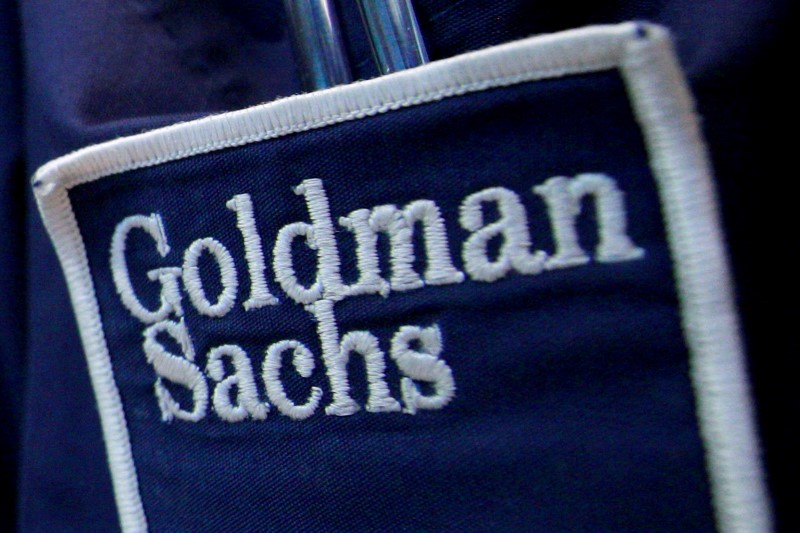US small-cap stocks surged by 10% in July, driven chiefly by falling bond yields, favorable US economic data, a strong US dollar, and increasing concerns about tariffs, which tend to penalize large caps with more international exposure.
However, according to Goldman Sachs strategists, this rally was largely a "US phenomenon."
The muted performance of non-US small caps was attributed to weaker growth outside the US, more significant downward adjustments in Fed rate cut expectations, and weaker currencies compared to the dollar.
Aside from that, the Russell 2000 and STOXX Europe Small indices both showed strong negative correlations to interest rates due to their cyclical nature, analysts noted.
In contrast to Russell 2000, the EURO STOXX Small index rose only 2% in July.
Disappointing Euro area flash PMIs, which fell toward 50, led economists to lower their GDP growth forecasts for Q2/Q3/Q4, now projecting just 0.7% growth for the year.
Economic policy uncertainty increased more in Europe than in the US. Meanwhile, the UK economic activity data and PMIs improved in July, leading to a 6% rally in the FTSE 250.
"For European Small caps to outperform from here, we believe that interest rates would need to fall, and growth optimism be maintained,” analysts said.
They pointed out that European small caps are not significantly more indebted than large caps or the Russell 2000 and have less debt overall, but 50% of their debt is based on floating interest rates.
Higher rates since the end of 2021 have been the main driver of their underperformance, whereas changes in bond yields were less impactful when rates were low before 2022.
Analysts added that other potential catalysts of outperformance for European small caps include an uptick in M&A activity and improved positioning.
